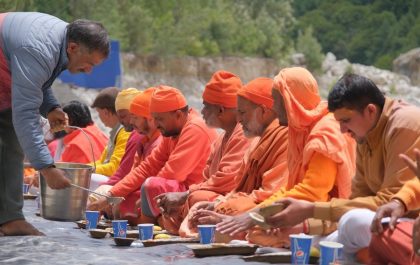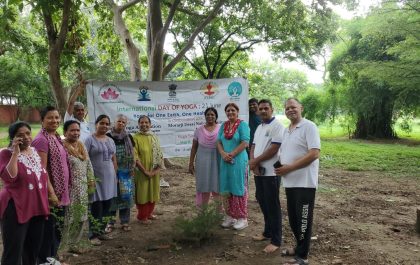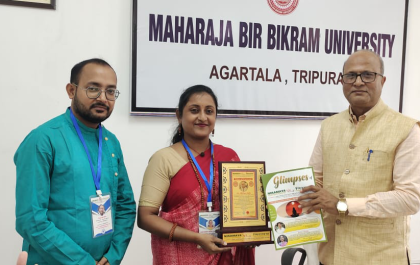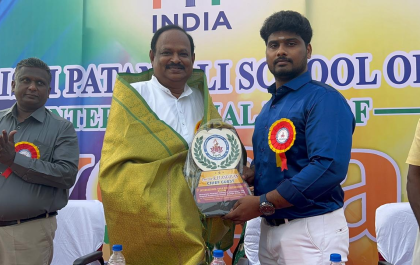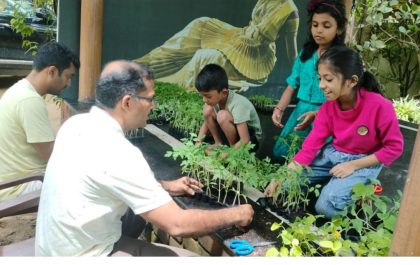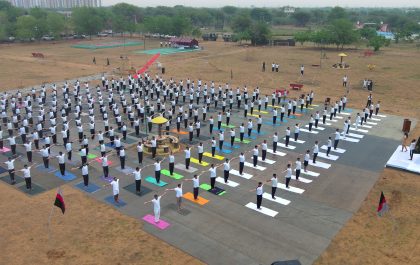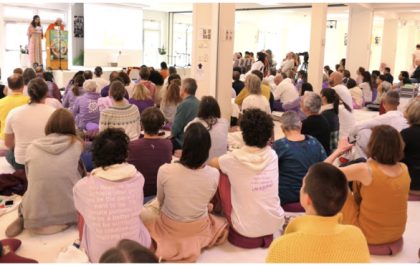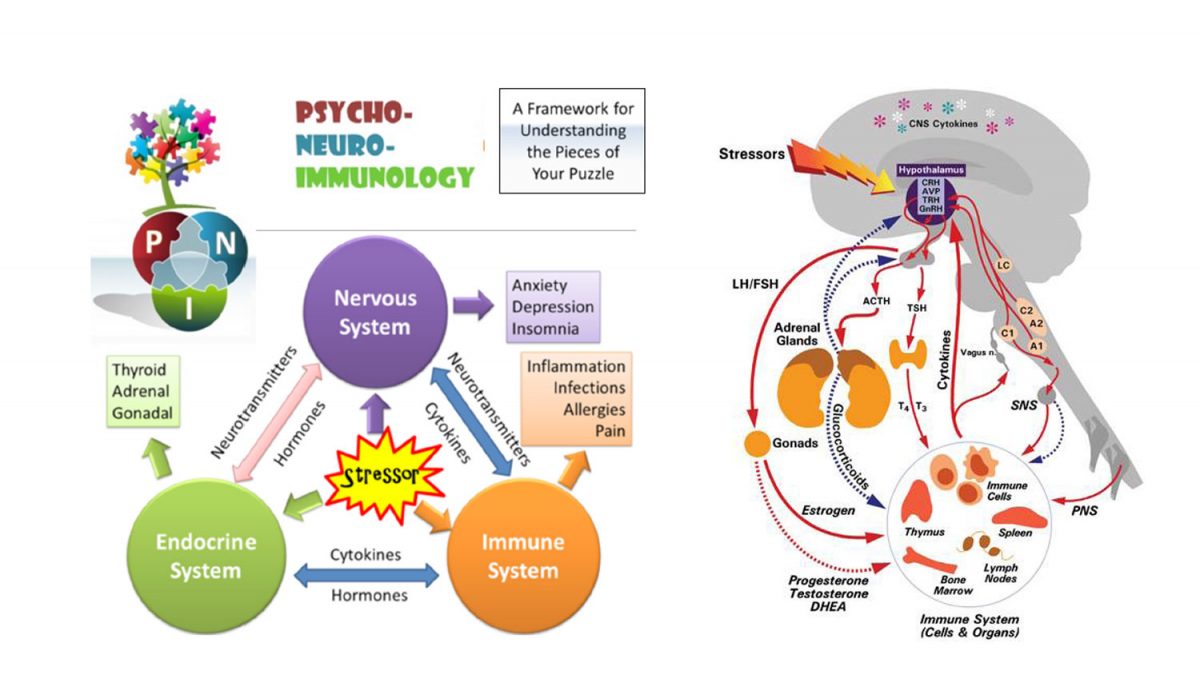The entire world is caught in the vice-like grip of the COVID-19 pandemic with 200 countries reporting casualties, increasing alarmingly moment-by-moment. Within a period of 4 months, every human being on our planet has been affected directly or indirectly by this virus that has brought out the worst fears in each and every one of us.
Even the most advanced and developed countries have been brought to their knees by something that is so small that we cannot even see it. This “invisible enemy”, the virus, has brought forth another companion too. One that cannot be seen, heard, smelt, tasted or touched and yet affects us to the very core of our being.
That enemy, that destroys us from within is FEAR.
Fear is an original, primordial response of all living organisms that arises from within, when faced with the threat of danger and uncertainty. It has proved to be a vital asset enabling survival of both the individual as well as the species. As a result, it has become part-and-parcel of our very existence. It triggers the perception of stress that results in all the cascade of events in the stress response that are driven by the sympathetic nervous system. While this serves the purpose of enabling our survival, an overdose of it, triggers our destruction from within.
COVID-19 has brought on another pandemic in its wake, that of Fear Psychosis. Everyone everywhere is scared to death and this is further aggravated and worsened by an unrelenting onslaught of negative news from the media. Social media has shown how it can really worsen such apprehensions and turn them into fear psychosis, minute by minute.
In recent time, a branch of modern medical science has developed and is known as Psycho-Neuro-Immunology. It deals with the phenomenon of how our thoughts and emotions can affect our immune system. Stress, fear and negative emotions are known to weaken our immune system while Yoga (including meditation), mindfulness, positive emotions, and relaxation strengthen it.
The limbic system plays a major role in triggering such emotional upheaval that then results in a weakening of the immune function. When the immune function is weakened every microbe gets a chance to attack us as all our defenses are wreaked. Fear, especially of the magnitude being experienced and expressed by all of us in the present times, will totally destroy any chances we have of fighting this devious enemy.
The Yoga Vashista, codified at least 5000 years ago has so long ago, already understood this psychosomatic phenomenon and termed it is Adhija-Vyadhi. The mental agitations of the Manomaya Kosha and above lead to haphazard flow of Prana and unstable Nadis in the Pranamaya, finally manifesting in the Annamaya Kosha as hypo-cellular activity (Ajeeranatvam), hyper-cellular activity (Ateejeeranatvam) and altered cellular activity (Kujeeranatvam). Hence Yoga understands that disease (Vyadhi) is a manifestation of disturbances at the Adhi, the psyche itself.
Swami Gitananda Giri used to say, “The first disease is the sense of duality, leading to fear that creates imbalance of mind leading to diseases in the body”.
We need to refocus on our own salutogenesis (Swastha), our own inherent capacity and ability to be responsible for our health and happiness. We must move from pathogenesis, the focus on disease that worsens fear, towards salutogenesis, the focus on health that strengthens all our systems! Yoga empowers us, and enables us to take charge of our own life, thus promoting holistic health for each and every one of us.
Yama-Niyama principles of cleanliness, purity and self-control are most important in the present moment where social (physical) distancing, personal hygiene are being emphasised by all medical authorities. Sense of Seva and Nishkama Bhairava Mudra Karma Yoga are to be emphasised to help our fellow brethren who are in need.
Yoga practices especially those done mindfully will strengthen our immune system by inducing a sense of empowerment and confidence from within. Slow mindful Asana practice, Pranayama and Dhyanam will help us regain control over the horses of the senses and emotions that are in the process of bolting. Shatkriyas especially Neti and Kapalbhati are useful to enhance protective reflexes of the respiratory system and promote healthy function.
Mantra Japa especially of Omkhar is very useful as it is known to attenuate the limbic over activity. Pranava Pranayama and Pranava Dhayanam using Akara, Ukara and Makara are extremely useful in inducing the relaxation response from within.
The Mahamrityunjaya Mantra (Trayambakam) enables us to overcome the ‘fear of mortality’, that poison which is fuelled by the Abhinivesha Klesha.
Aum Trayambakam Yajamahe Sugandhim Pushtivardhanam; Hroom Jhum Saha Sarva Nakshatrey Sarva Raasi Sujathu Sarva Namdesya Saha Jhum Hroom; Urva Rukamiva Bandhanaan, Mrityor Mokshiye Maamritat.
Aum Abhaya Mudra and Bhairava Mudra may be practiced to enhance self-confidence, resilience and an equipoised ability to face the challenges with renewed vigour. To perform Bhairava Mudra, place your upturned right hand on top of the upturned left in a cupped manner resting both hands on the lap. Close your eyes and become mindful of the inner strength developing. If the left hand is placed dominant over right it becomes Bhairavi Mudra. Abhaya Mudra is one way of embodying or signifying, “I’m not afraid of life; I’m not afraid of what’s in my heart and I choose to live an authentic life no matter what others think or say”. The Abhaya Mudra appears in all deities of South East Asia and is meant to bestow protection to those who follow the righteousness of Dharma. It is performed by lifting the open palm of the right hand and facing it forward as if to tell fear, “Stop in your tracks! I am not afraid of you anymore”
Patanjali Maharishi tells us that this primitive survival urge can overcome even the wisest of wise. Unless the Kleshas are attenuated we cannot be strong and that is why we need to induce the triple vaccine, that of Kriya Yoga (Tapa-Swadhyaya-Ishwarapranidhana) to deal an effective death blow to the COVID19.
May we as ONE HUMANITY stand our ground, may we fight the enemy within, overcoming fear; thus strengthening our ability to fight the external enemy, COVID19.
May humanity prevail. Hari Om Tat Sat Om.
Dr Ananda Balayogi Bhavanani
( Editor-in-Chief )
